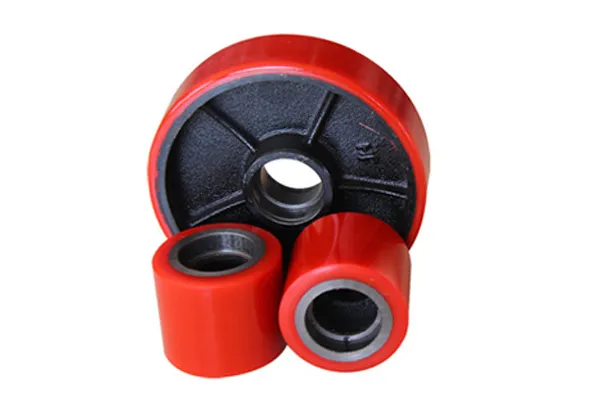


Understanding Overhead Crane Scales Enhancing Efficiency and Safety in Material Handling
In industries where heavy loads are the norm, the efficient management of weight is critical. Overhead crane scales have emerged as indispensable tools for warehouses, manufacturing plants, and construction sites. These specialized devices combine the functionality of overhead cranes with high-precision weighing systems. By providing real-time weight measurements, overhead crane scales enhance operational efficiency and ensure safety in material handling processes.
The Mechanics of Overhead Crane Scales
An overhead crane scale typically consists of a crane system, a weighing mechanism, and a digital display unit. The crane itself is designed to lift and move heavy loads, while the weighing mechanism is integrated into the system, allowing for the immediate measurement of the weight of the load being lifted. As the crane hoists the load, the scale provides accurate readings, which can be digitally displayed or sent to a monitoring system.
Most modern overhead crane scales utilize load cells, which convert the mechanical force of the load into electrical signals
. These signals are processed to provide accurate weight information. The scales are calibrated to ensure precision and may be designed to accommodate various load capacities, making them versatile for different industries.Advantages of Using Overhead Crane Scales
1. Enhanced Accuracy Traditional methods of estimating the weight of a load can lead to significant inaccuracies, resulting in overloading or underloading. Overhead crane scales provide precise weight measurements, eliminating guesswork and reducing the chances of operational mistakes.
2. Increased Safety One of the most crucial advantages of using overhead crane scales is the enhancement of safety protocols. Overloading cranes can lead to equipment failure, accidents, and injuries. With an integrated scale, operators can ensure they stay within safe load limits, significantly reducing the risk of incidents.

3. Time Efficiency The ability to weigh loads quickly and accurately while lifting them saves valuable time in operations. Instead of moving loads to a separate weighing station, crane operators can obtain weight data on the fly, streamlining material handling processes.
4. Data Collection and Reporting Modern overhead crane scales often come equipped with data logging capabilities. This feature allows businesses to collect historical weight data, analyze trends, and generate reports. Such data can be beneficial for inventory management, maintenance planning, and operational assessments.
5. Versatility Overhead crane scales are available in various designs and configurations, enabling them to be used across multiple industries. From manufacturing and construction to shipping and logistics, these scales can be adapted to meet specific operational needs.
Applications in Various Industries
Overhead crane scales find applications across numerous sectors. In the manufacturing industry, they can be utilized for weighing raw materials, finished products, or components during assembly. In the construction industry, they play a vital role in lifting steel beams, concrete blocks, and other heavy materials, ensuring that the right weight is being transported and utilized.
In warehouses and distribution centers, overhead crane scales facilitate the weighing of pallets and containers, streamlining the process of inventory management and logistics. Furthermore, they are essential in ports where ships are loaded and unloaded, enabling accurate weight assessments to comply with safety regulations.
Conclusion
As industries continue to evolve and increase in complexity, the need for accurate and efficient weight management has never been more critical. Overhead crane scales offer a unique solution that addresses both efficiency and safety in material handling operations. By incorporating these scales into their processes, businesses can enhance their operational workflows, reduce risks associated with overloading, and ultimately contribute to a safer work environment. As technology advances, these scales are likely to become even more sophisticated, with features that may include remote monitoring, integration with enterprise resource planning (ERP) systems, and more. Investing in overhead crane scales is not just about improving accuracy; it’s about paving the way for a more efficient and secure future in material handling.



